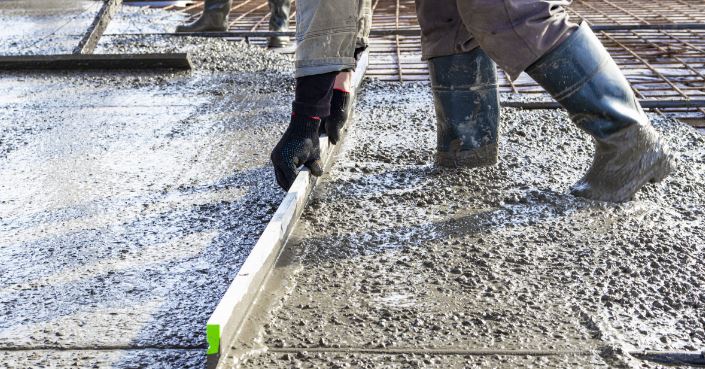Decks are an integral part of many homes, serving as versatile spaces for relaxation, entertainment, and enjoying the outdoors. However, exposure to the elements can take a toll on their durability and aesthetics over time. One of the most crucial steps in preserving the integrity of your deck is waterproofing. By effectively sealing your deck against moisture intrusion, you not only prolong its lifespan but also enhance its beauty and functionality. In this comprehensive guide, we’ll delve into everything you need to know about waterproofing your deck, from understanding the importance of this process to exploring various techniques and products available.
Understanding the Importance of Waterproofing
Before delving into the intricacies of waterproofing, it’s essential to grasp why this process is vital for the longevity of your deck. Decks are constantly exposed to moisture, whether it’s from rain, snow, or morning dew. Without proper protection, this moisture can seep into the wood, leading to a host of problems such as rot, mold, and structural damage. Moreover, prolonged exposure to water can cause the wood to swell, warp, or even split, compromising both the safety and aesthetics of your deck. Waterproofing acts as a barrier against these issues, shielding your deck from moisture and preserving its structural integrity for years to come.
Assessing Your Deck’s Condition
Before embarking on any waterproofing project, it’s crucial to assess the current condition of your deck. Inspect the wood for signs of damage, such as cracks, splinters, or discoloration, as these may indicate existing moisture issues. Additionally, check for any areas where water tends to pool or accumulate, as these spots are particularly vulnerable to water damage. Taking stock of your deck’s condition will not only help you determine the extent of waterproofing required but also identify any underlying issues that need to be addressed beforehand.
Choosing the Right Waterproofing Method
When it comes to waterproofing your deck, you’ll find a variety of methods and products available, each with its pros and cons. The most common waterproofing techniques include applying a sealant, staining the wood, or installing a waterproof membrane. Sealants, such as polyurethane or acrylic-based coatings, form a protective layer on the surface of the wood, preventing water from penetrating. Stains, on the other hand, not only enhance the appearance of the wood but also provide waterproofing properties by penetrating deep into the pores. For added protection, you can opt for a waterproof membrane, which is typically installed beneath the decking boards to create a watertight barrier.
Preparing Your Deck for Waterproofing
Before applying any waterproofing product, proper preparation is key to ensuring optimal results. Start by thoroughly cleaning the surface of your deck to remove dirt, debris, and any existing coatings. This can be done using a pressure washer or a specialized deck cleaner, followed by sanding to smooth out any rough spots or imperfections. Additionally, pay attention to the gaps between the boards, ensuring they are free of debris and properly sealed to prevent water infiltration. Once the surface is clean and dry, you’re ready to proceed with the waterproofing process.
Applying the Waterproofing Product
The method of applying the waterproofing product will depend on the type of product you’ve chosen and the specific instructions provided by the manufacturer. In general, it’s best to apply the product in thin, even coats using a brush, roller, or sprayer, working in small sections to ensure thorough coverage. Pay special attention to areas prone to water accumulation, such as the joints between boards and any exposed end grain. Allow the product to dry completely between coats, and be sure to follow any recommended curing times before allowing foot traffic on the deck.
Maintenance and Care
Once your deck has been Concrete Repair, proper maintenance is essential to ensure its longevity and effectiveness. Regularly inspect the surface for signs of wear or damage, and address any issues promptly to prevent water infiltration. Depending on the type of waterproofing product used, you may need to reapply it periodically to maintain optimal protection. Additionally, practice good deck maintenance habits such as keeping the surface clean, removing debris, and promptly addressing any spills or stains. By taking these proactive measures, you can enjoy a beautiful, functional deck for years to come.
Conclusion
Waterproofing your deck is a crucial step in preserving its beauty and structural integrity in the face of constant exposure to moisture. By understanding the importance of waterproofing, assessing your deck’s condition, choosing the right method and products, and following proper application and maintenance procedures, you can protect your investment and create an outdoor space that’s both durable and visually appealing. With the comprehensive guide provided here, you have the knowledge and tools needed to embark on your deck waterproofing journey with confidence.





